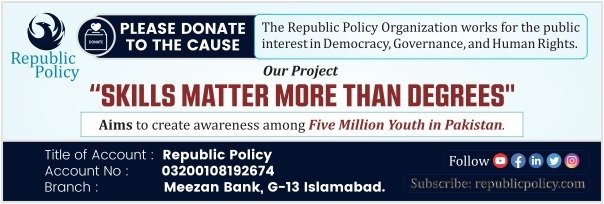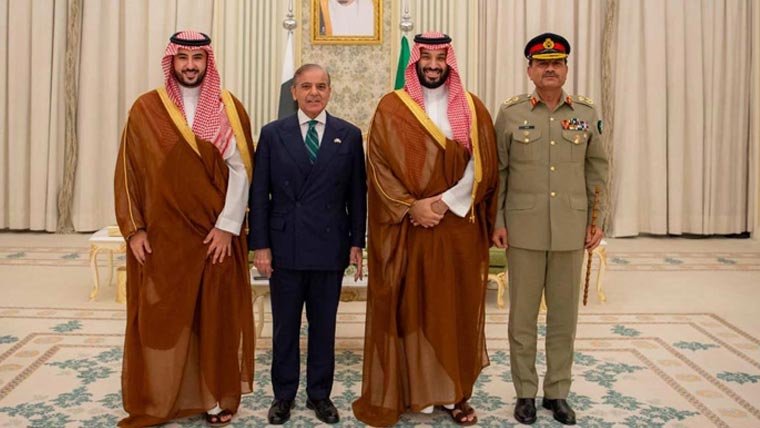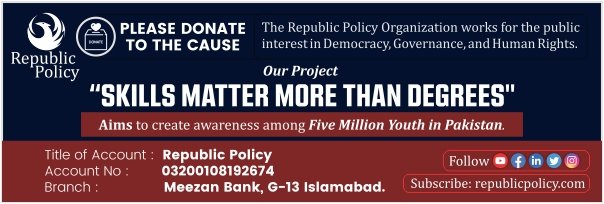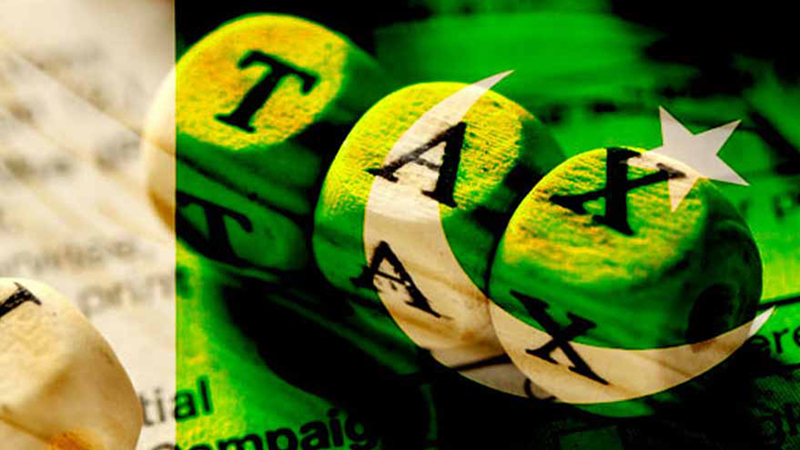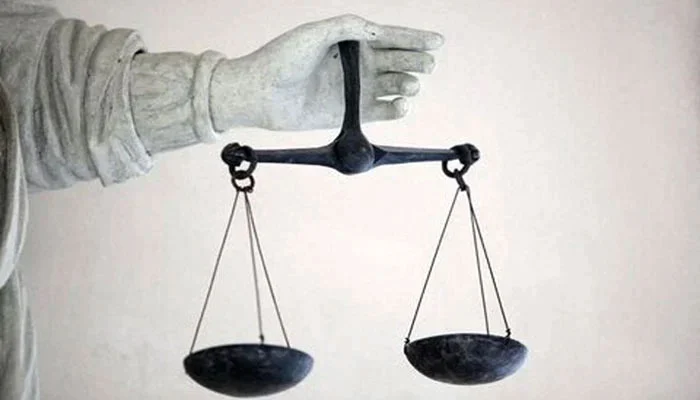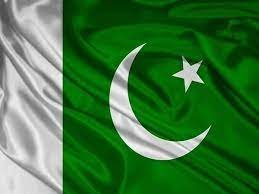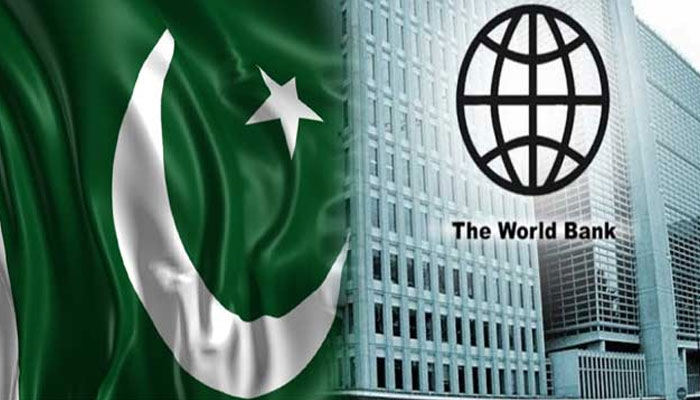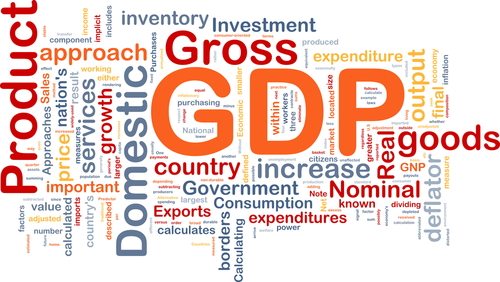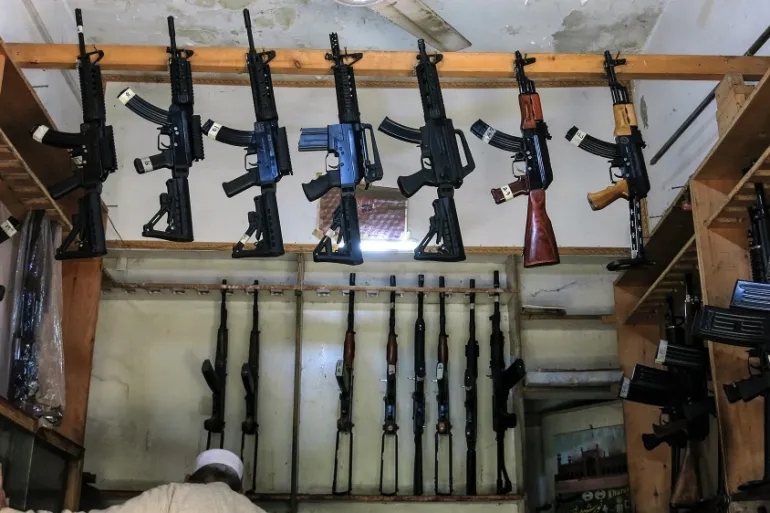Arshad Mahmood Awan
When Prime Minister Shehbaz Sharif warmly embraced Saudi Crown Prince Mohammed bin Salman in Riyadh last week, the gesture captured more than diplomatic courtesy—it marked the consolidation of a historic strategic partnership. The signing of the “strategic mutual defence agreement” between Pakistan and Saudi Arabia has created ripples across South Asia and the Gulf, not merely for its symbolism but for its strategic weight.
For Pakistan, the pact provides a crucial security assurance and much-needed political validation at a time of economic fragility. For Riyadh, the deal formalises decades of quiet cooperation with the Islamic world’s only nuclear-armed state. Yet, the explicit clause that “any aggression against either country shall be considered aggression against both” has unsettled India, which recently fought a four-day conflict with Pakistan. Indian strategists warn that Saudi Arabia’s step alters the regional security matrix.
Indian analysts like Brahma Chellaney view the pact as Riyadh securing “nuclear insurance” through Pakistan, despite Islamabad’s economic vulnerability. Former foreign secretary Kanwal Sibal has gone further, branding it a “grave misstep” that emboldens a politically unstable neighbour. Delhi’s official reaction has been cautious, promising to “study the implications” while quietly signalling concern that its deep economic partnership with Riyadh may be strained.
But not all assessments are alarmist. Analysts such as Michael Kugelman argue that Saudi Arabia will maintain balanced ties given India’s role as a vital trading partner and energy customer. Others stress that the pact continues a longstanding Saudi-Pakistan defence understanding dating back to the 1960s, from Pakistani troop deployments to Saudi reliance on Pakistani officers in its air force and counter-terrorism coalitions.
The timing, however, is critical. Gulf states are increasingly sceptical of Washington’s security guarantees, especially after Israel’s strike on Qatar, which shook regional confidence. For Saudi Arabia, the pact diversifies its defence architecture, signalling that it will not rely solely on the US. Experts believe Riyadh is recalibrating its threat perceptions, factoring in both Iran and Israel, while drawing strength from Pakistan’s nuclear deterrence.
For India, the risks are less about immediate military confrontation and more about diplomatic optics and long-term alignments. A strengthened Pakistan-Saudi axis, combined with Pakistan’s ties to China and Turkey, reinforces a triangular alliance that complicates Delhi’s “Look West” strategy. Some fear this could evolve into an “Islamic Nato,” challenging India’s strategic and economic outreach in the Gulf.
For Pakistan, the pact is more than a security guarantee; it is political leverage. It anchors Islamabad firmly within the Gulf’s strategic orbit, ensures potential economic aid, and raises its standing in the Muslim world. For Riyadh, it consolidates a loyal partner and signals independence in shaping its defence policy beyond US tutelage. For Delhi, the message is clear: the Gulf’s strategic landscape is shifting, and India will need to recalibrate its diplomacy.
Republic Policy WhatsApp Channel
Ultimately, the agreement is less about war-making and more about signalling intent. It formalises decades of cooperation but also projects a new message to the world: Saudi Arabia and Pakistan will stand together in a volatile regional order. For India, the challenge lies in adjusting to this reality without undermining its own deep economic and political ties with Riyadh. The pact may not redraw borders, but it reshapes the balance of trust, alliances, and strategic perception across South Asia and the Gulf.


